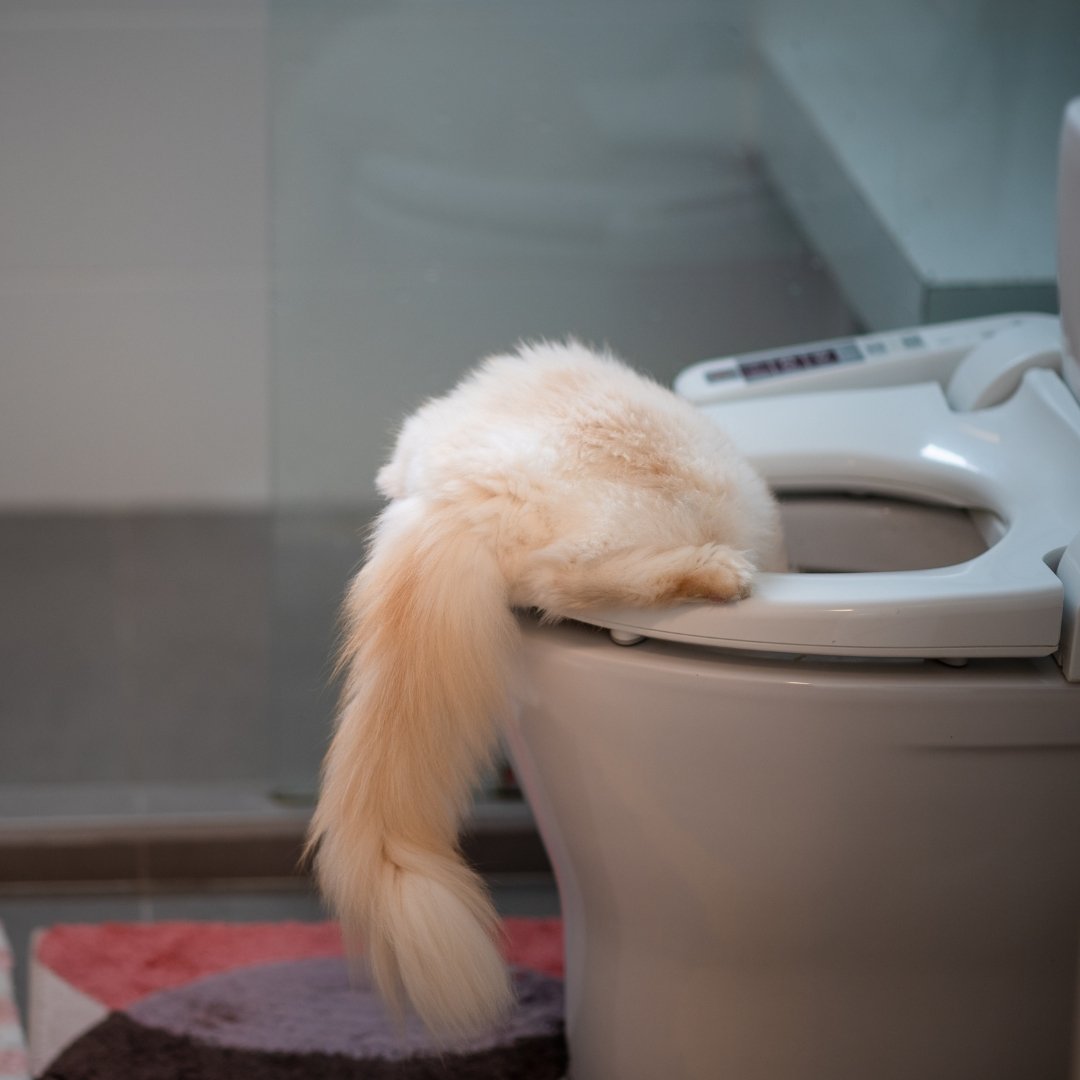Every person has their private theory involving How to Dispose of Cat Poop and Litter Without Plastic Bags.

Intro
As feline owners, it's important to bear in mind just how we deal with our feline close friends' waste. While it may appear practical to purge pet cat poop down the commode, this practice can have detrimental consequences for both the environment and human health and wellness.
Ecological Impact
Purging feline poop introduces harmful virus and bloodsuckers right into the water supply, posturing a significant risk to water ecosystems. These pollutants can adversely affect marine life and concession water quality.
Wellness Risks
In addition to ecological worries, flushing pet cat waste can also posture health threats to humans. Feline feces might consist of Toxoplasma gondii, a bloodsucker that can trigger toxoplasmosis-- a possibly extreme disease, specifically for expectant females and individuals with weakened immune systems.
Alternatives to Flushing
Fortunately, there are much safer and extra responsible ways to take care of feline poop. Think about the following choices:
1. Scoop and Dispose in Trash
The most common approach of dealing with pet cat poop is to scoop it into a biodegradable bag and throw it in the garbage. Be sure to use a devoted litter inside story and take care of the waste promptly.
2. Usage Biodegradable Litter
Opt for naturally degradable pet cat clutter made from products such as corn or wheat. These litters are environmentally friendly and can be securely disposed of in the trash.
3. Bury in the Yard
If you have a lawn, think about burying cat waste in a marked location far from vegetable yards and water resources. Make certain to dig deep adequate to stop contamination of groundwater.
4. Mount a Pet Waste Disposal System
Buy an animal waste disposal system particularly designed for cat waste. These systems use enzymes to break down the waste, decreasing smell and ecological impact.
Verdict
Responsible pet possession prolongs beyond supplying food and sanctuary-- it also involves correct waste administration. By refraining from flushing pet cat poop down the commode and opting for alternate disposal methods, we can minimize our environmental footprint and shield human wellness.
Why Can’t I Flush Cat Poop?
It Spreads a Parasite
Cats are frequently infected with a parasite called toxoplasma gondii. The parasite causes an infection called toxoplasmosis. It is usually harmless to cats. The parasite only uses cat poop as a host for its eggs. Otherwise, the cat’s immune system usually keeps the infection at low enough levels to maintain its own health. But it does not stop the develop of eggs. These eggs are tiny and surprisingly tough. They may survive for a year before they begin to grow. But that’s the problem.
Our wastewater system is not designed to deal with toxoplasmosis eggs. Instead, most eggs will flush from your toilet into sewers and wastewater management plants. After the sewage is treated for many other harmful things in it, it is typically released into local rivers, lakes, or oceans. Here, the toxoplasmosis eggs can find new hosts, including starfish, crabs, otters, and many other wildlife. For many, this is a significant risk to their health. Toxoplasmosis can also end up infecting water sources that are important for agriculture, which means our deer, pigs, and sheep can get infected too.
Is There Risk to Humans?
There can be a risk to human life from flushing cat poop down the toilet. If you do so, the parasites from your cat’s poop can end up in shellfish, game animals, or livestock. If this meat is then served raw or undercooked, the people who eat it can get sick.
In fact, according to the CDC, 40 million people in the United States are infected with toxoplasma gondii. They get it from exposure to infected seafood, or from some kind of cat poop contamination, like drinking from a stream that is contaminated or touching anything that has come into contact with cat poop. That includes just cleaning a cat litter box.
Most people who get infected with these parasites will not develop any symptoms. However, for pregnant women or for those with compromised immune systems, the parasite can cause severe health problems.
How to Handle Cat Poop
The best way to handle cat poop is actually to clean the box more often. The eggs that the parasite sheds will not become active until one to five days after the cat poops. That means that if you clean daily, you’re much less likely to come into direct contact with infectious eggs.
That said, always dispose of cat poop in the garbage and not down the toilet. Wash your hands before and after you clean the litter box, and bring the bag of poop right outside to your garbage bins.
https://trenchlesssolutionsusa.com/why-cant-i-flush-cat-poop/

I was introduced to that report on Don’t flush cat feces down the toilet through an associate on a different site. Sharing is good. Helping people is fun. Thank you so much for going through it.
Book Today!
Comments on “The Consequences of Flushing Cat Poop Down Your Toilet - Safeguard Your Pipes”